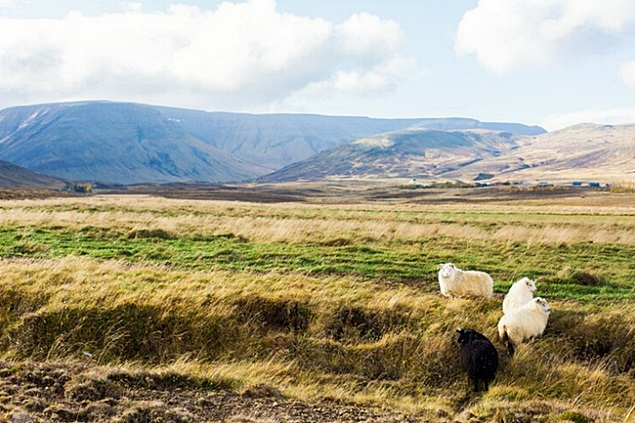
Specialists from ANZM recommend that, depending on the weather conditions, work begun in January should continue, as air temperatures and daylight hours are increasing.
In terms of organization:
- Continue meetings of various associations aimed at managing pastoral heritage, or establish new professional organizations with the aim of improving and exploiting pastures.
- Clarify at the commune level the areas of pastureland for owners and users, providing plans and maps outlining their territorial delineation.
- Conclude the bidding and allocation of pastures to actual and direct users who will benefit from EU funds – compensatory payments (agro-environment and climate, disadvantaged areas, etc.).
- Prepare data for the drafting of pastoral and silvopastoral development projects in accordance with current legislation for pastures, as a reference and justification for the expenditure of funds allocated for pasture management.
In terms of instructional and educational aspects:
- Research on recognizing the main types of forage plants in pastures in the area where the pastures are located, whether in ownership or use, and where animals graze during the summer.
- Continue to learn about the plants in the grassy carpet of pastures, their forage value, recognition, and control of unwanted and/or harmful plants for animals.
Actions in the field:
- Continue clearing woody vegetation from pastures during the "windows" of winter.
- Transport manure to pastures and store it until March 15-25 (depending on the altitude of the plot), when it can be applied to pastures if weather conditions permit, namely: the ground is not covered with snow, frozen, during rain, snowfall, or strong sunlight, or on lands with excess moisture.
- Apply limestone amendments to acidic soils and acidic reaction amendments to saturated lands, on plots without agro-environmental commitments.
- Repairs to soil erosion control systems (cleats, palisades, terraces, etc.) if weather and soil conditions allow. (Photo: Freepik)





